“The Circle of Life”
Traveling throughout Africa has been my family’s greatest passion. In fact, our love for Africa is so deep that our stay in London was cut short because we children continued to shout “the Zambezi” every time we crossed the river Thames. The decision to leave was easily taken after we saw the show “The Lion King” at a London Theatre. It may sound cheesy, but the nostalgia for Africa was so bad that during the song “The Circle of Life” we all had tears streaming down our faces.
As they say: “One can take the girl out of Africa, but one can never take Africa out of the girl”. The truth is that once a person has experienced Africa, it can never be wiped from one’s soul.
Tourismus is going 10° South
My travels through Namibia have acquainted me with a fiercely independent side of Mother Africa. Vehemently defying the odds, surviving nature’s extremes, in spell-bounding seclusion in a land of majestic landscapes, Namibians are made of strong stuff. Namibia is a beacon of raw African beauty. While I am sad to leave Namibia (for the time being), I do look forward to contributing to TN’s new venture by extending our visits to all countries “10° South”. I will ask you to join me on another African journey, taking me back to countries that are the backdrop to my childhood memories.
To keep up to date with our travels be sure to follow @Tourismus Namibia and @chloedurrphotography on Instagram, where I will be sharing live encounters and sneak peaks at- and of our 10° South adventures.
I spent many a holiday visiting my Aunt and Uncle who lived in Zambia’s capitol city Lusaka, and I played “Kigogo” and “E’raba Raba Coffee” with the local children on a beach in Kenya. We innocently and mindlessly swam in crocodile-infested waters of Lake Kariba and spent hours making mud pies in the shallows of the Zambezi!
Kazungula: An experience unto its own
There are various ways to venture to countries “10° South” as you leave Namibia. Whilst flying may be your first and fastest option, you would be well advised not to miss the opportunity to explore Namibia’s Zambezi Region (previously known as the Caprivi Strip) by car.
You may enter Zambia by driving to the border point at Shesheke and traverse the Katima Mulilo Bridge, found on Zambian soil as you follow the Trans-Caprivi Highway past Katima Mulilo over the Zambezi River. This road allows you access to a myriad of parks hidden in the lower Kidney that is formed by the south-western fringes of Zambia and leads to the town of Livingstone, just north of the majestic Victoria Falls that divide Zambia and Zimbabwe as part of the Zambezi River.
But you may prefer to leave Katima Mulilo towards the border point at Ngoma Bridge, where you cross into Botswana. That way you could pass Kasane and drive towards Kazungula on the Botswana side and make use of the ferry to cross over to Kazungula - the same-named town in Zambia. You would cross the Zambezi River just east of the quadripoint, where the borders of Botswana, Namibia, Zambia and Zimbabwe meet in the middle of the Zambezi River.
Having reached the Kavango- and Zambezi Regions of Namibia, you remain within the Kavango-Zambezi Trans-frontier Conservation Area (KAZA TFCA), which spans roughly 444000 square kilometres.
This latter route offers travellers the chance to experience the cultural dynamism of life on both sides of the Zambezi River - a fantastic build up to a Southern African road trip.
The Vast Lakes of Zambia
Zambia is one of the most water-abundant countries in Africa, with lakes so vast that you can scarcely believe you are visiting a landlocked country. A plethora of tropical lake-side lodges, wetlands and boating experiences are offered and well-worth including in your itinerary. The “inland sea”, i.e. Lake Tanganyika on the eastern border of Zambia, is the longest freshwater lake in the world and man-made Lake Kariba forms Zambia’s very own French Rivera down at its southern border.
An unforgettable childhood memory of a family outing on Lake Kariba saw us bobbing along for hours as a result of our boat running out of fuel after sundown. I recall us spending hours on the moonlit ripples of the lake, watching the Kapenta boats with their bright lights on the horizon, and huddling with my sisters in the nose of the little boat whilst singing our hearts out, in order to drown out the fear of crocodiles and hippos imagined below us.
For a more civilized Lake Kariba experience you would be well-advised to rent a houseboat and spending days relaxing, reading and soaking up the sun on the deck. Or for that matter fishing for Tiger fish or watching birds and ultimately toasting the sunset. There are fantastic accommodation options available at Siavonga, a small town on the North shore of Lake Kariba. Get to know the local people and taste Kapenta fish with Nshima at the colour-filled local market and watch sea-planes ferrying visitors to tropical offshore islands.
Take time to experience the village life on the tropical shores of remote Lake Mweru on the border between Zambia and the Democratic Republic of Congo (DRC). Lodging in these parts is limited but the wilderness campsites on the water’s edge are sure to trump any lodging experience. We are bound to take you there in due course.
Just as the lyrics of a song in “The Lion King” proclaim: “There's more to see than can ever be seen, more to do than can ever be done”.
As they say: “One can take the girl out of Africa, but one can never take Africa out of the girl”. The truth is that once a person has experienced Africa, it can never be wiped from one’s soul.
Tourismus is going 10° South
My travels through Namibia have acquainted me with a fiercely independent side of Mother Africa. Vehemently defying the odds, surviving nature’s extremes, in spell-bounding seclusion in a land of majestic landscapes, Namibians are made of strong stuff. Namibia is a beacon of raw African beauty. While I am sad to leave Namibia (for the time being), I do look forward to contributing to TN’s new venture by extending our visits to all countries “10° South”. I will ask you to join me on another African journey, taking me back to countries that are the backdrop to my childhood memories.
To keep up to date with our travels be sure to follow @Tourismus Namibia and @chloedurrphotography on Instagram, where I will be sharing live encounters and sneak peaks at- and of our 10° South adventures.
I spent many a holiday visiting my Aunt and Uncle who lived in Zambia’s capitol city Lusaka, and I played “Kigogo” and “E’raba Raba Coffee” with the local children on a beach in Kenya. We innocently and mindlessly swam in crocodile-infested waters of Lake Kariba and spent hours making mud pies in the shallows of the Zambezi!
Kazungula: An experience unto its own
There are various ways to venture to countries “10° South” as you leave Namibia. Whilst flying may be your first and fastest option, you would be well advised not to miss the opportunity to explore Namibia’s Zambezi Region (previously known as the Caprivi Strip) by car.
You may enter Zambia by driving to the border point at Shesheke and traverse the Katima Mulilo Bridge, found on Zambian soil as you follow the Trans-Caprivi Highway past Katima Mulilo over the Zambezi River. This road allows you access to a myriad of parks hidden in the lower Kidney that is formed by the south-western fringes of Zambia and leads to the town of Livingstone, just north of the majestic Victoria Falls that divide Zambia and Zimbabwe as part of the Zambezi River.
But you may prefer to leave Katima Mulilo towards the border point at Ngoma Bridge, where you cross into Botswana. That way you could pass Kasane and drive towards Kazungula on the Botswana side and make use of the ferry to cross over to Kazungula - the same-named town in Zambia. You would cross the Zambezi River just east of the quadripoint, where the borders of Botswana, Namibia, Zambia and Zimbabwe meet in the middle of the Zambezi River.
Having reached the Kavango- and Zambezi Regions of Namibia, you remain within the Kavango-Zambezi Trans-frontier Conservation Area (KAZA TFCA), which spans roughly 444000 square kilometres.
This latter route offers travellers the chance to experience the cultural dynamism of life on both sides of the Zambezi River - a fantastic build up to a Southern African road trip.
The Vast Lakes of Zambia
Zambia is one of the most water-abundant countries in Africa, with lakes so vast that you can scarcely believe you are visiting a landlocked country. A plethora of tropical lake-side lodges, wetlands and boating experiences are offered and well-worth including in your itinerary. The “inland sea”, i.e. Lake Tanganyika on the eastern border of Zambia, is the longest freshwater lake in the world and man-made Lake Kariba forms Zambia’s very own French Rivera down at its southern border.
An unforgettable childhood memory of a family outing on Lake Kariba saw us bobbing along for hours as a result of our boat running out of fuel after sundown. I recall us spending hours on the moonlit ripples of the lake, watching the Kapenta boats with their bright lights on the horizon, and huddling with my sisters in the nose of the little boat whilst singing our hearts out, in order to drown out the fear of crocodiles and hippos imagined below us.
For a more civilized Lake Kariba experience you would be well-advised to rent a houseboat and spending days relaxing, reading and soaking up the sun on the deck. Or for that matter fishing for Tiger fish or watching birds and ultimately toasting the sunset. There are fantastic accommodation options available at Siavonga, a small town on the North shore of Lake Kariba. Get to know the local people and taste Kapenta fish with Nshima at the colour-filled local market and watch sea-planes ferrying visitors to tropical offshore islands.
Take time to experience the village life on the tropical shores of remote Lake Mweru on the border between Zambia and the Democratic Republic of Congo (DRC). Lodging in these parts is limited but the wilderness campsites on the water’s edge are sure to trump any lodging experience. We are bound to take you there in due course.
Just as the lyrics of a song in “The Lion King” proclaim: “There's more to see than can ever be seen, more to do than can ever be done”.



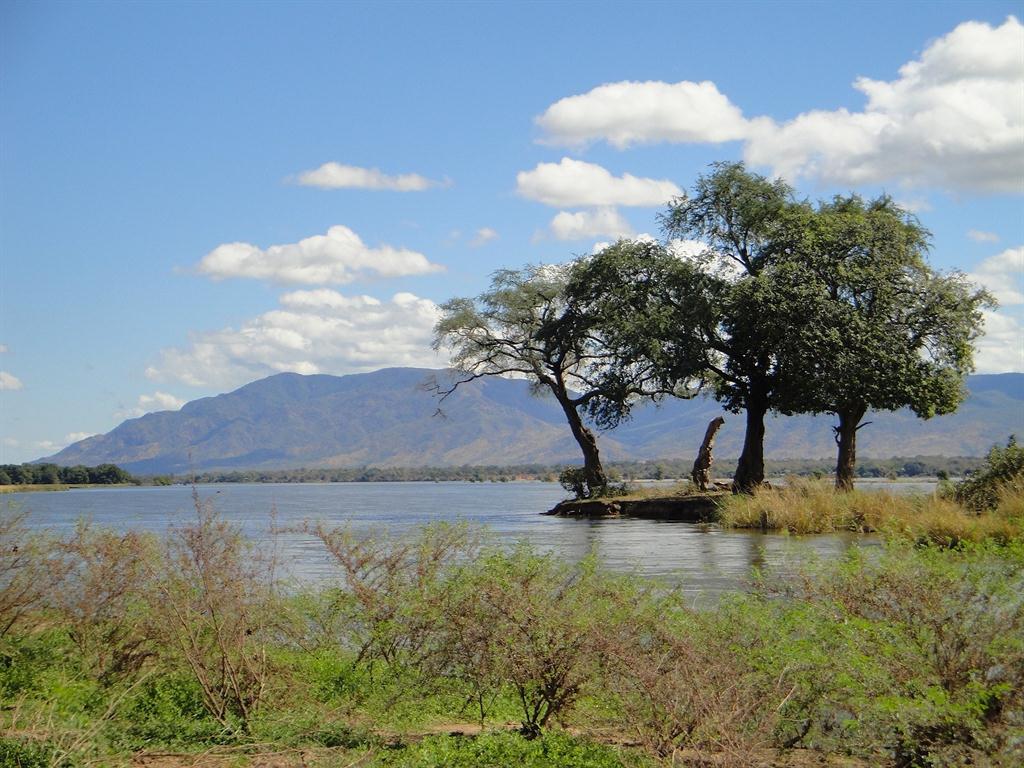
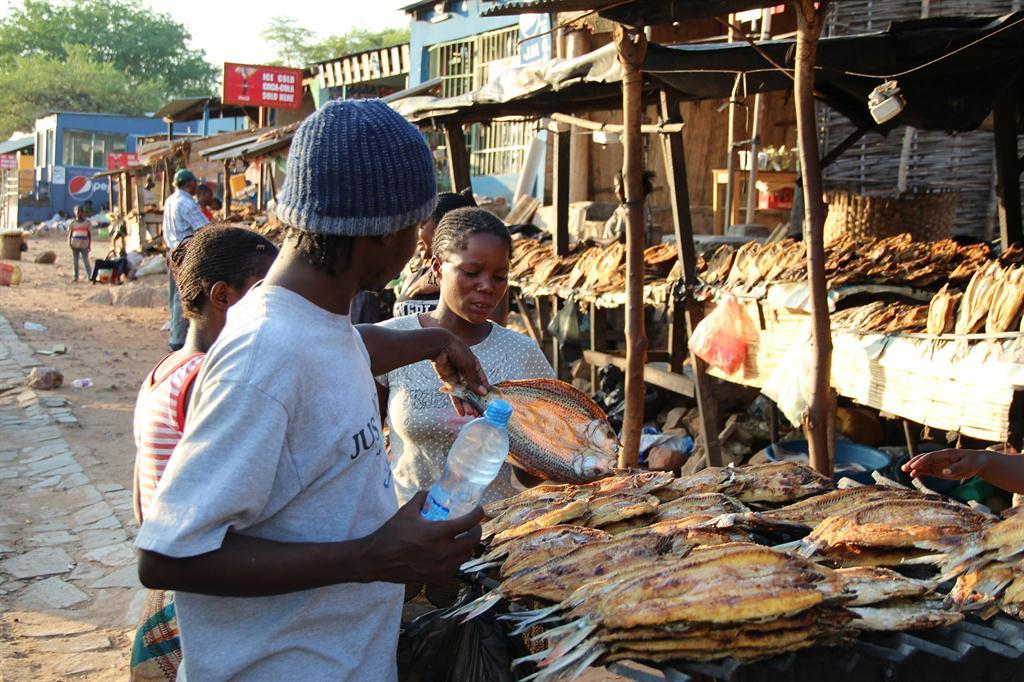

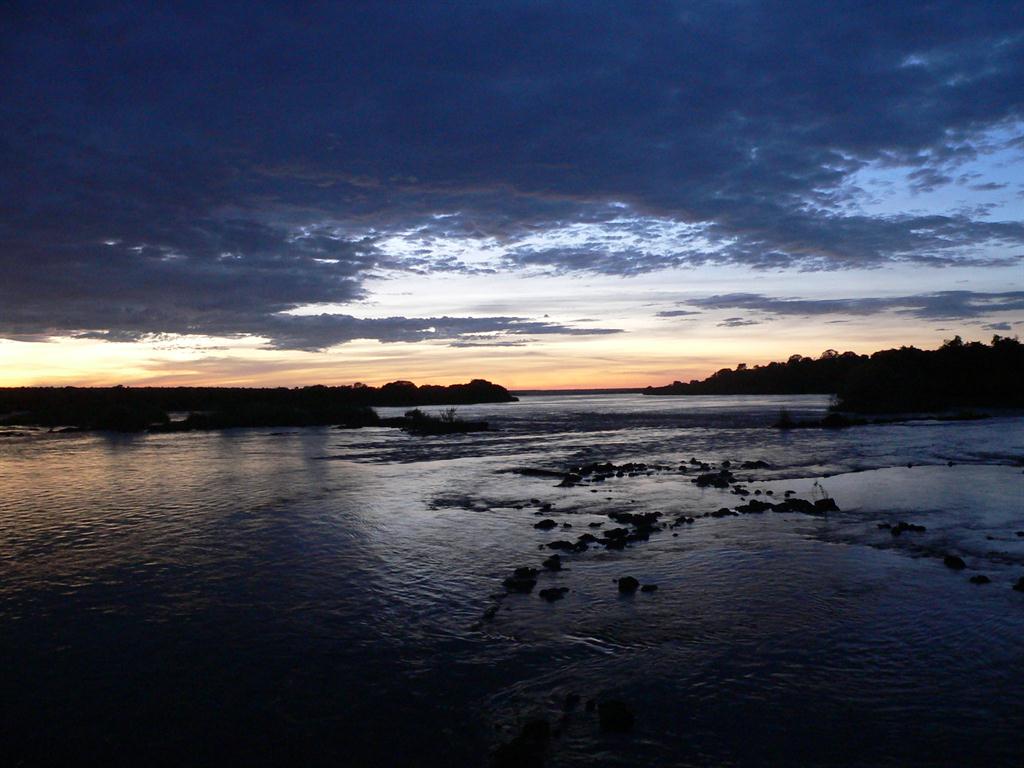
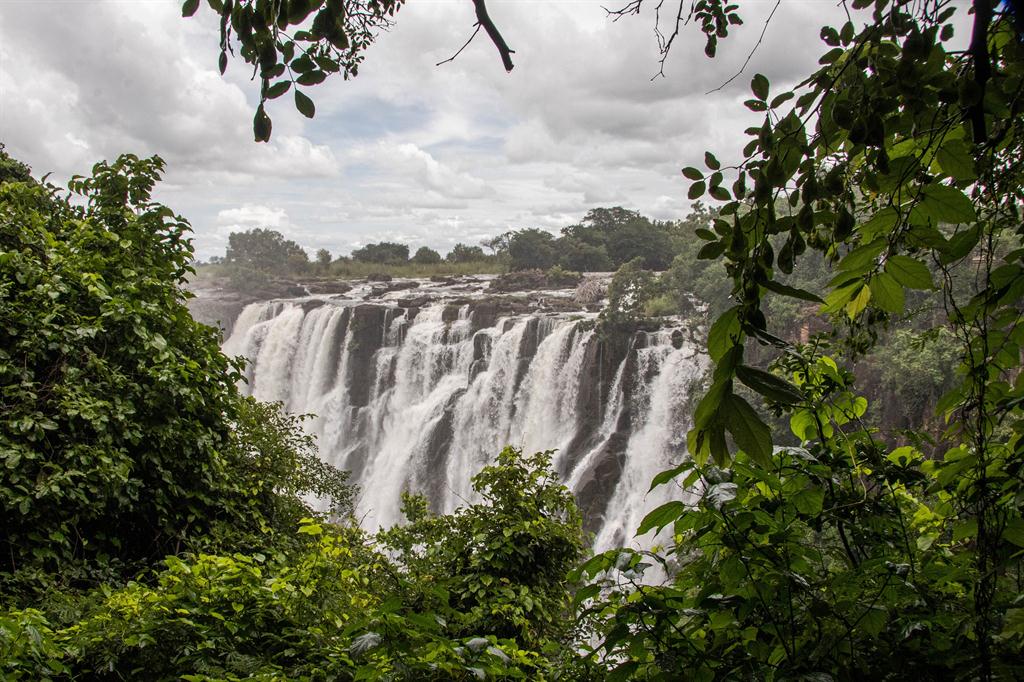
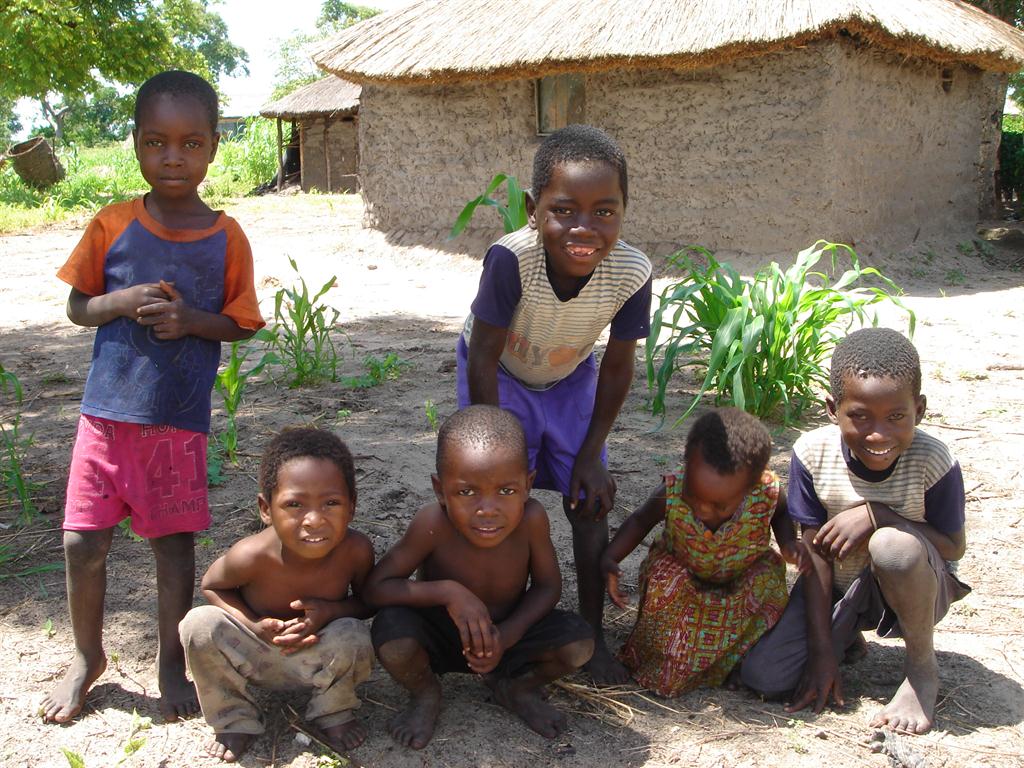

Kommentar
Allgemeine Zeitung
Zu diesem Artikel wurden keine Kommentare hinterlassen